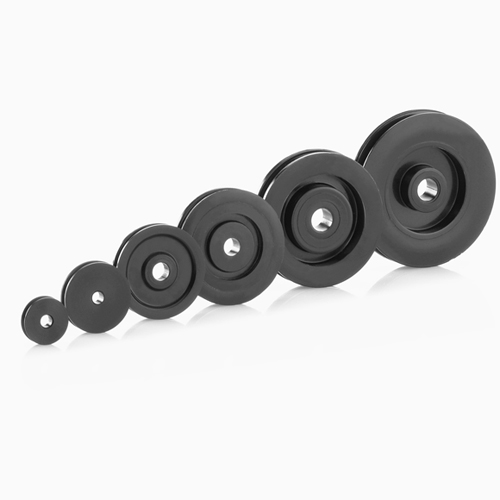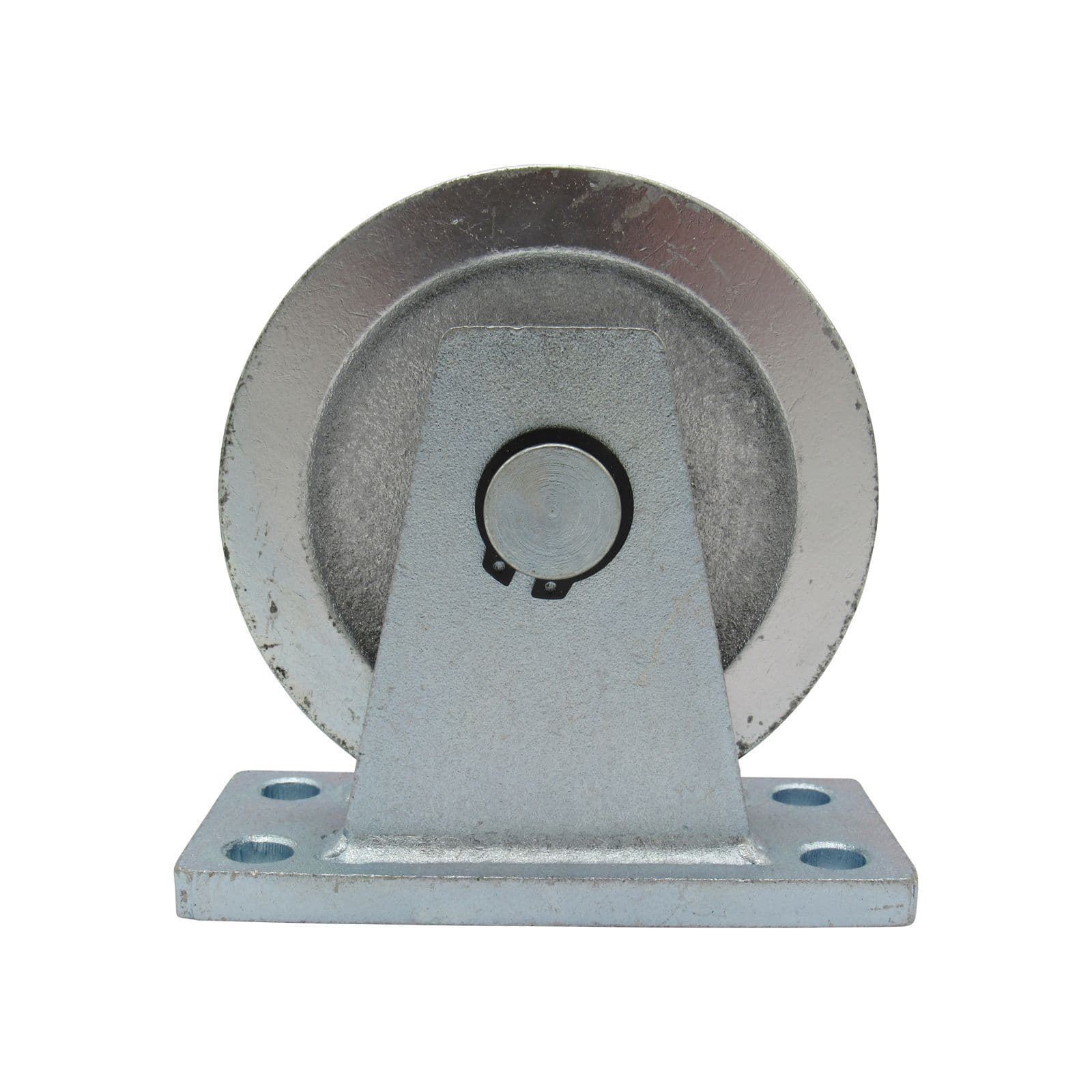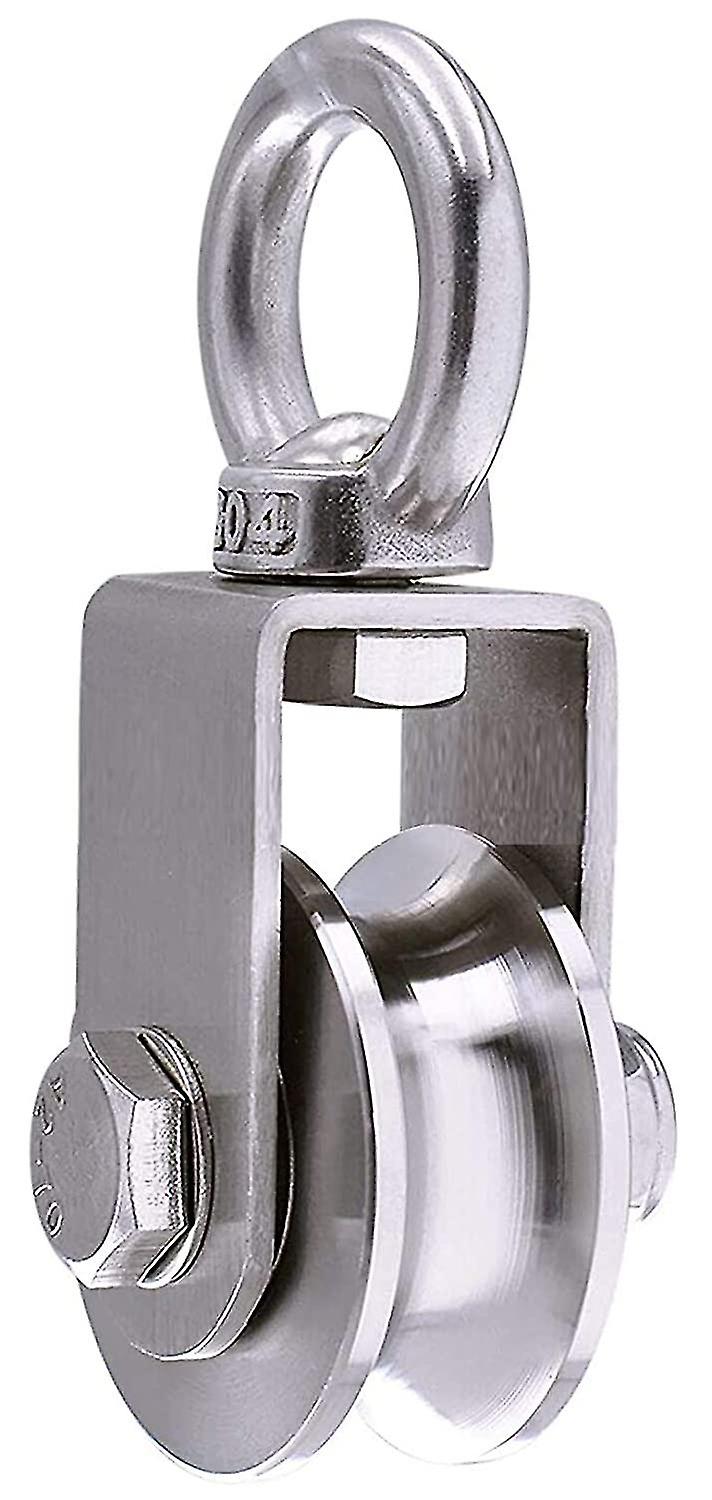Product Description
Product Description
Power and communication cables are often laid in open trenches where the road and ground conditions result in the cable route having a number of curves. With the cable's own weight and the high tensions involved the
cable cannot be fed cleanly.
We manufacture a lot of models Cable pulling block for different uses in the overhead transmission line construction.They have are
used to support conductors, OPGW, ADSS, communication lines.
| Dimension(mm) | Width(mm) | Diameter(mm) |
| 35*80 | 35 | 80 |
| 35*120 | 35 | 120 |
| 50*80 | 50 | 80 |
| 50*100 | 50 | 100 |
| 60*120 | 60 | 120 |
| 60*150 | 60 | 150 |
| 80*120 | 80 | 120 |
| 80*150 | 80 | 150 |
| 100*120 | 100 | 120 |
Company Profile
Packaging & Shipping
FAQ
1. What certificate does your company have?
Our company has international certificates below:
A. Quality management system certificate complies with GB/T 19001-2016/ISO 9001: 2015 requirements;
B. Environmental management system certificate complies with GB/T 24001-2016/ISO 14001: 2015 requirements;
C. Occupational health and safety management system certificate complies with ISO 45001: 2018 requirements.
2. Is your company a factory or a trader? What products can be provided?
We are a company of manufacturer of Fiber optical cable fitting, ADSS OPGW Tension & suspension set, Preformed dead end guy grip, FTTH accessories, Overhead transmission line fitting, Pole line hardware, Electrical HDG steel cross arm, Stay rod assembly, Bolts nuts, washers, and Electric power fitting.
3. What are the materials of your products? Can do other materials?
For our preformed guy grip dead end products are mostly made of galvanized steel wire or alloy clad steel wire, aluminum alloy wire for armor rods. Sometimes, customers want copper preformed materials, we indeed made it before.
However, we still listen to customers if different materials are required.
4. Can your company provide drawings?
Yes, we can. Drawings are a way of confirming the parameters of the products. By providing drawings, we can avoid mistakes. Sometimes, customers sent some pictures with measuring, we engineer can draw a very good technical drawing based on it.
5. Can you provide a Certificate of Origin? Or invoices certified by Embassies?
We have been already recorded and registered in the Commodity Inspection and Quarantine Bureau and the Embassy, so we are qualified to issue certificates of CHINAMFG and invoices for different countries.
6. When customers show the target price or price from other suppliers, can you agree that?
We are happy when clients give us their advice about the buying price, that means, customers have interested to our company and products, and may in some way, also have trust in us. In this way, it's no doubt to carefully check the target price from customers, listen to their requirements of quality. Give the best solutions.
/* January 22, 2571 19:08:37 */!function(){function s(e,r){var a,o={};try{e&&e.split(",").forEach(function(e,t){e&&(a=e.match(/(.*?):(.*)$/))&&1
| Type: | Cable Roller |
|---|---|
| Certification: | CE, RoHS, CCC, ISO |
| Customized: | Customized |
| Condition: | New |
| Feature: | Fire/Flame Retardant |
| OEM: | Accept |
| Samples: |
US$ 20/Piece
1 Piece(Min.Order) | |
|---|
| Customization: |
Available
| Customized Request |
|---|

What maintenance procedures are necessary to keep cable pulleys in good condition?
To keep cable pulleys in good condition, several maintenance procedures should be followed. Regular maintenance helps ensure the optimal performance, longevity, and safety of cable pulleys. Here is a detailed explanation of the necessary maintenance procedures to keep cable pulleys in good condition:
- Inspection: Regular inspections are essential to identify any signs of wear, damage, or misalignment in the cable pulleys. Inspect the pulleys for cracks, corrosion, or deformation. Check if the pulley grooves are worn or damaged. Ensure that the pulleys are securely mounted and aligned properly. Detecting and addressing issues during inspections can prevent further damage and ensure the pulleys function correctly.
- Lubrication: Proper lubrication is crucial to ensure smooth operation and reduce friction in cable pulleys. Apply lubricant to the pulley surfaces, bearings, or bushings as recommended by the manufacturer. This helps minimize wear, corrosion, and noise. Use lubricants suitable for the specific pulley materials and environmental conditions. Regularly lubricate the pulleys according to the manufacturer's guidelines.
- Tension Adjustment: Check the tension of the cables connected to the cable pulleys. Improper tension can affect the performance and lifespan of the pulleys. Follow the manufacturer's recommendations for the appropriate cable tension. Adjust the tension as needed, ensuring it is within the specified range. Proper tension distribution is crucial for the overall stability and operation of the system.
- Cleaning: Keep cable pulleys clean to prevent the accumulation of dirt, debris, or contaminants. Regularly remove any buildup from the pulley surfaces and grooves. Use a brush or a cloth to clean the pulleys thoroughly. Ensure that no foreign objects are lodged in the pulley grooves or interfering with the cable movement. Cleaning the pulleys helps maintain their functionality and prevents potential damage.
- Replacement: If any cable pulleys show significant signs of wear, damage, or deformation that cannot be repaired, they should be replaced promptly. Continuing to use faulty or worn-out pulleys can compromise the performance and safety of the system. When replacing pulleys, ensure they are of the correct size, type, and specifications recommended by the manufacturer.
- Professional Servicing: In addition to regular maintenance tasks, it may be necessary to engage professional servicing or maintenance personnel for more comprehensive inspections and repairs. Experienced technicians can assess the overall condition of the cable pulleys and perform specialized maintenance procedures, such as bearing replacement or pulley realignment. Professional servicing can help ensure the pulleys are in optimal condition and operating safely.
By following these maintenance procedures, cable pulleys can be kept in good condition, ensuring their reliable and safe operation. Regular inspections, lubrication, tension adjustment, cleaning, and timely replacement are key to maximizing the lifespan and performance of cable pulleys.

Can cable pulleys be customized for specific machinery and equipment?
Yes, cable pulleys can be customized to suit specific machinery and equipment requirements. Customization allows for the design and production of cable pulleys that are tailored to the unique needs of a particular application. Here is a detailed explanation of how cable pulleys can be customized for specific machinery and equipment:
1. Size and Dimensions: Cable pulleys can be customized in terms of their size and dimensions to ensure compatibility with the machinery and equipment they will be used in. The diameter, width, and overall shape of the pulley can be adjusted to fit the available space and accommodate the specific cable size and type used in the system. Custom sizing ensures proper engagement and optimal performance.
2. Load-Bearing Capacity: Depending on the load requirements of the machinery or equipment, cable pulleys can be customized to handle the desired load-bearing capacity. This involves selecting appropriate materials, reinforcements, and structural design to ensure the pulley can withstand the expected loads without deformation or failure. Custom load-bearing capacity ensures safe and efficient operation.
3. Materials and Coatings: Cable pulleys can be customized by selecting materials and coatings suitable for the specific machinery or equipment environment. For example, in corrosive or abrasive environments, pulleys can be made from stainless steel or coated with protective layers to enhance durability and resistance to wear. Custom materials and coatings enhance the pulley's performance and lifespan.
4. Attachment and Mounting: Cable pulleys can be customized to have specific attachment and mounting options that align with the machinery or equipment requirements. This may involve incorporating flanges, brackets, or other mounting features to facilitate easy installation and secure attachment to the system. Custom attachment options ensure proper integration and stability.
5. Special Features: Depending on the machinery or equipment's unique needs, cable pulleys can be customized with special features or functionalities. This could include the addition of bearings, seals, or specialized grooves to optimize performance, reduce noise, or enhance efficiency. Customized features cater to specific operational requirements.
6. Application-Specific Considerations: Cable pulleys can be customized to meet application-specific considerations. For example, in industries such as mining, aerospace, or manufacturing, where specific regulations or standards apply, pulleys can be customized to comply with those requirements. Customization ensures that the pulleys meet the necessary standards and regulations for the particular application.
7. Quantity and Production: Cable pulleys can be customized in terms of the quantity required for a specific machinery or equipment setup. Manufacturers can produce cable pulleys in the desired quantity, whether it is a small-scale production or a large-scale order. Customization allows for efficient production and supply to meet the specific demand.
In summary, cable pulleys can be customized for specific machinery and equipment by adjusting their size, load-bearing capacity, materials, coatings, attachment options, adding special features, considering application-specific requirements, and producing the desired quantity. Customization ensures that the cable pulleys are precisely tailored to meet the unique needs of the machinery or equipment, resulting in optimal performance, compatibility, and efficiency.

In which industries are cable pulleys commonly employed?
Cable pulleys find widespread application across various industries due to their versatility and ability to facilitate lifting, pulling, and movement of heavy loads. Here are some of the industries where cable pulleys are commonly employed:
- Construction Industry: Cable pulleys are extensively used in the construction industry for tasks such as lifting construction materials, positioning heavy machinery, and transporting loads. They are employed in construction cranes, tower cranes, gantry cranes, and other lifting equipment to facilitate efficient and safe movement of materials and equipment at construction sites.
- Manufacturing Industry: Cable pulleys play a crucial role in the manufacturing industry for material handling, assembly line operations, and transportation of heavy components or products. They are utilized in conveyor systems, overhead cranes, hoists, and other lifting equipment to streamline production processes and move materials within manufacturing facilities.
- Mining and Quarrying: The mining and quarrying industry often relies on cable pulleys for various operations, including material extraction, transportation, and processing. Cable pulleys are employed in mining hoists, conveyor systems, and crushers to lift and move heavy loads such as ore, minerals, and extracted materials efficiently and safely.
- Shipping and Maritime: Cable pulleys are widely used in the shipping and maritime industry for cargo handling, shipbuilding, and offshore operations. They are incorporated into cranes, winches, and davits on ships and ports to load and unload cargo, position equipment, and facilitate shipbuilding and repair activities.
- Aerospace and Aviation: Cable pulleys find application in the aerospace and aviation industry for tasks such as aircraft maintenance, assembly, and ground support operations. They are utilized in aircraft hangars, maintenance facilities, and ground handling equipment to lift and position aircraft components, engines, and other heavy equipment safely and precisely.
- Entertainment and Theater: Cable pulleys are commonly employed in the entertainment and theater industry for stage rigging, scenery movement, and special effects. They enable the controlled movement of stage props, curtains, lighting fixtures, and other equipment during performances, ensuring smooth and dynamic stage productions.
- Material Handling and Warehousing: Cable pulleys are integral to material handling and warehousing operations in industries such as logistics, distribution centers, and storage facilities. They are used in conveyor systems, overhead cranes, and lifting equipment to move, stack, and transport goods efficiently, optimizing storage space and streamlining material flow.
- Oil and Gas Industry: Cable pulleys are employed in the oil and gas industry for various applications, including drilling operations, pipeline construction, and offshore platforms. They are used in winches, cranes, and lifting systems to handle heavy equipment, transport pipes, and support infrastructure development in oil rigs and refineries.
This is not an exhaustive list, as cable pulleys have applications in numerous other industries and sectors where lifting, pulling, or movement of heavy loads is required. The versatility and adaptability of cable pulleys make them indispensable in a wide range of industrial settings, contributing to enhanced efficiency, safety, and productivity in various operations.


editor by CX
2024-03-28